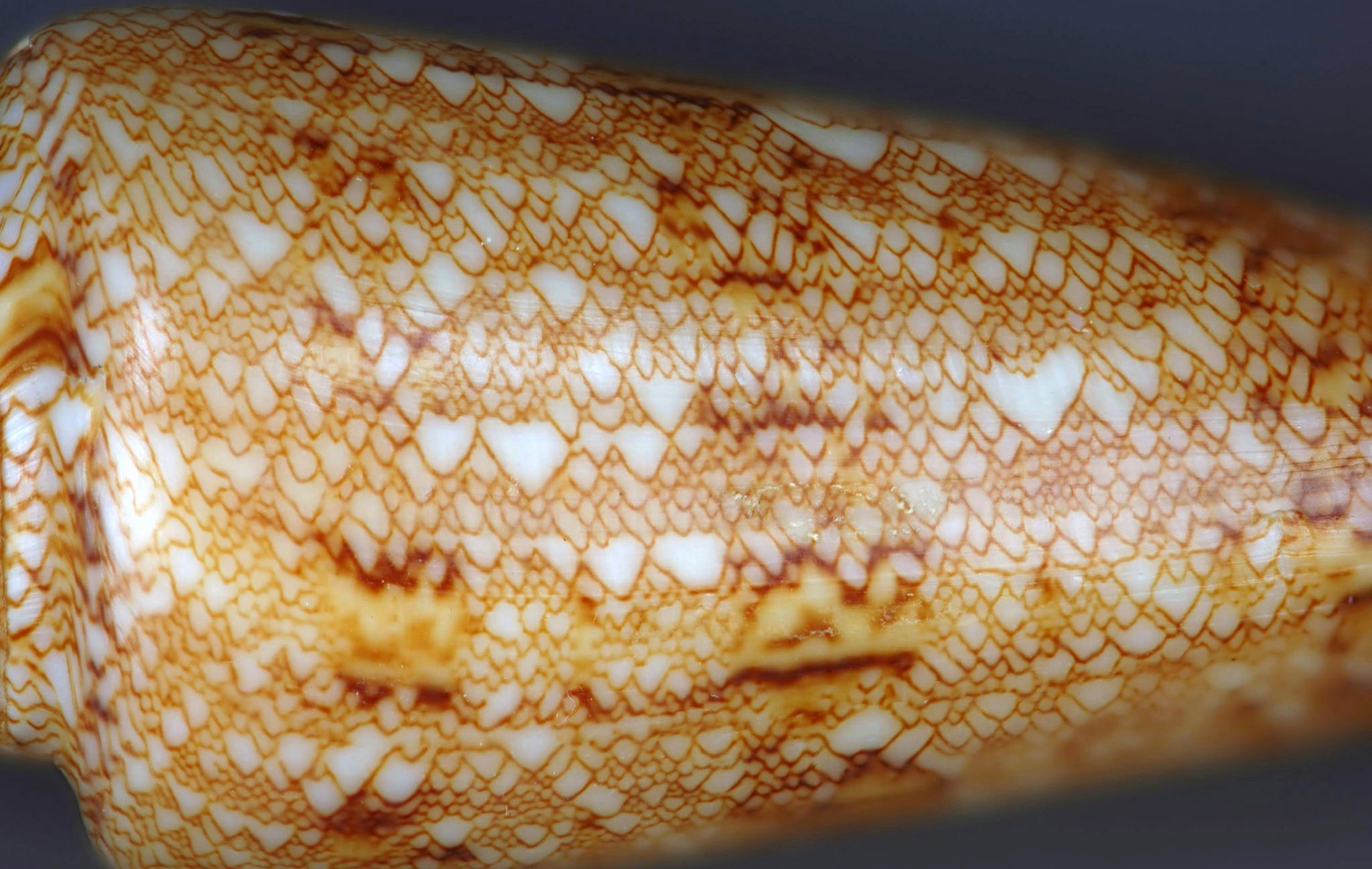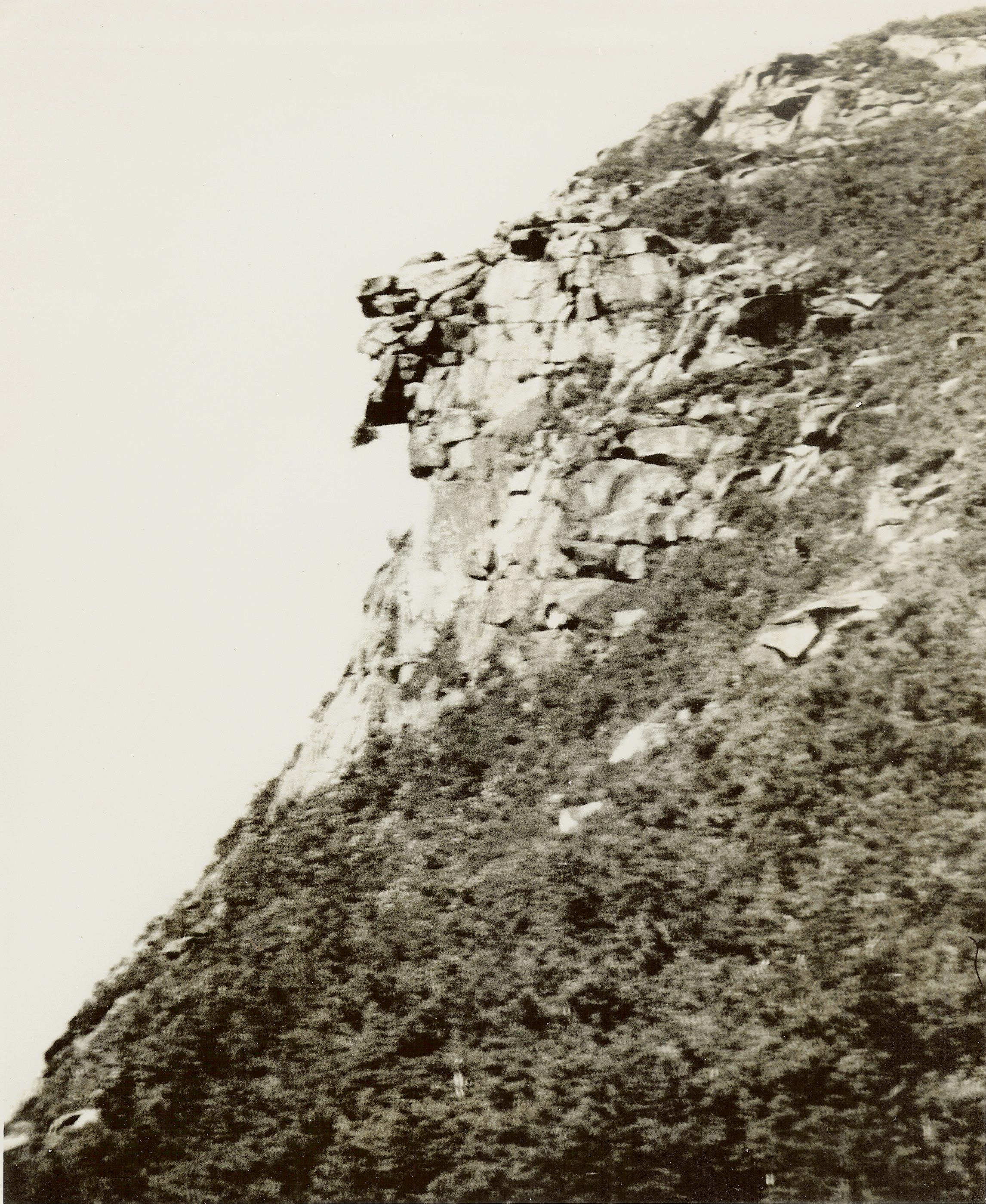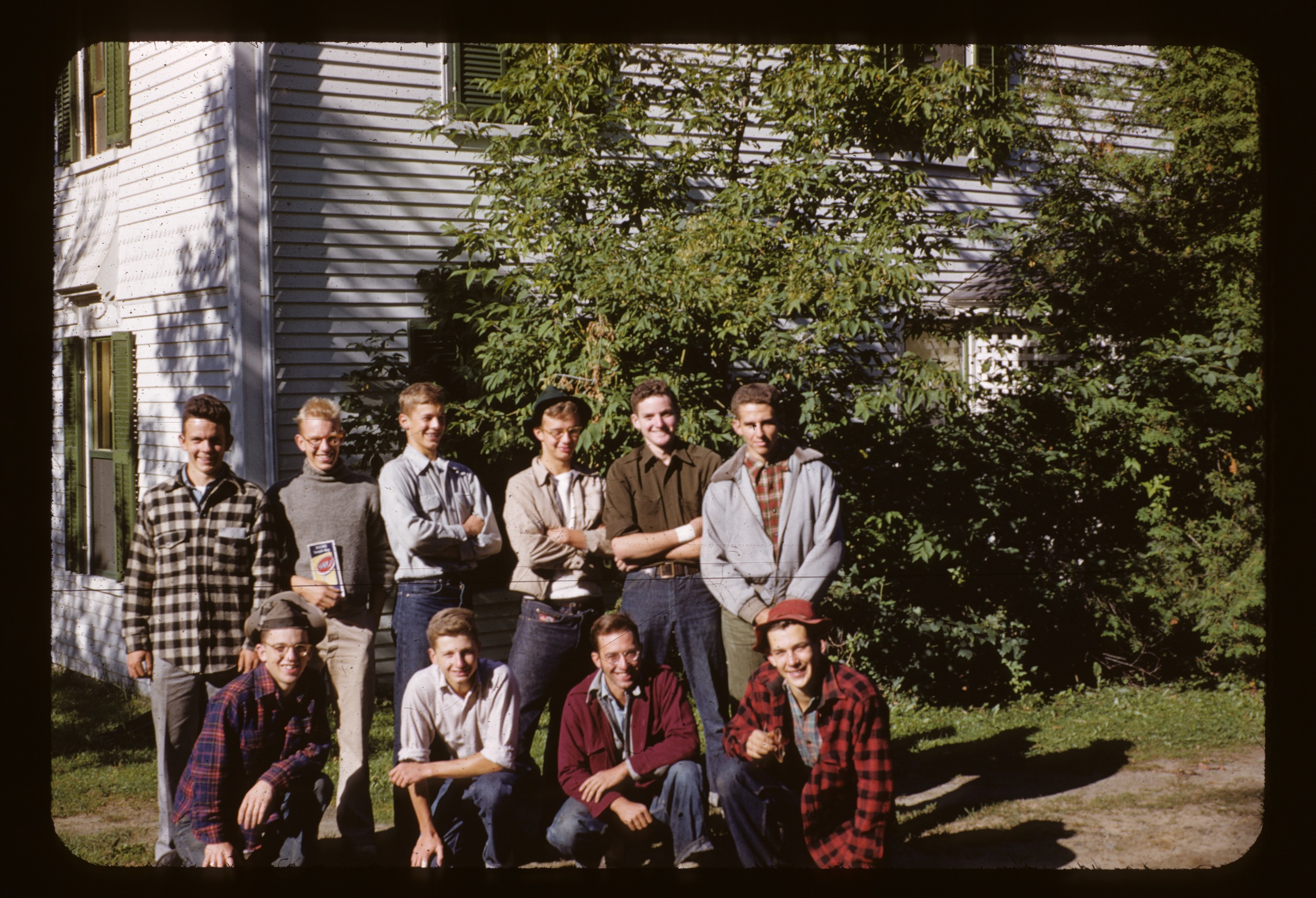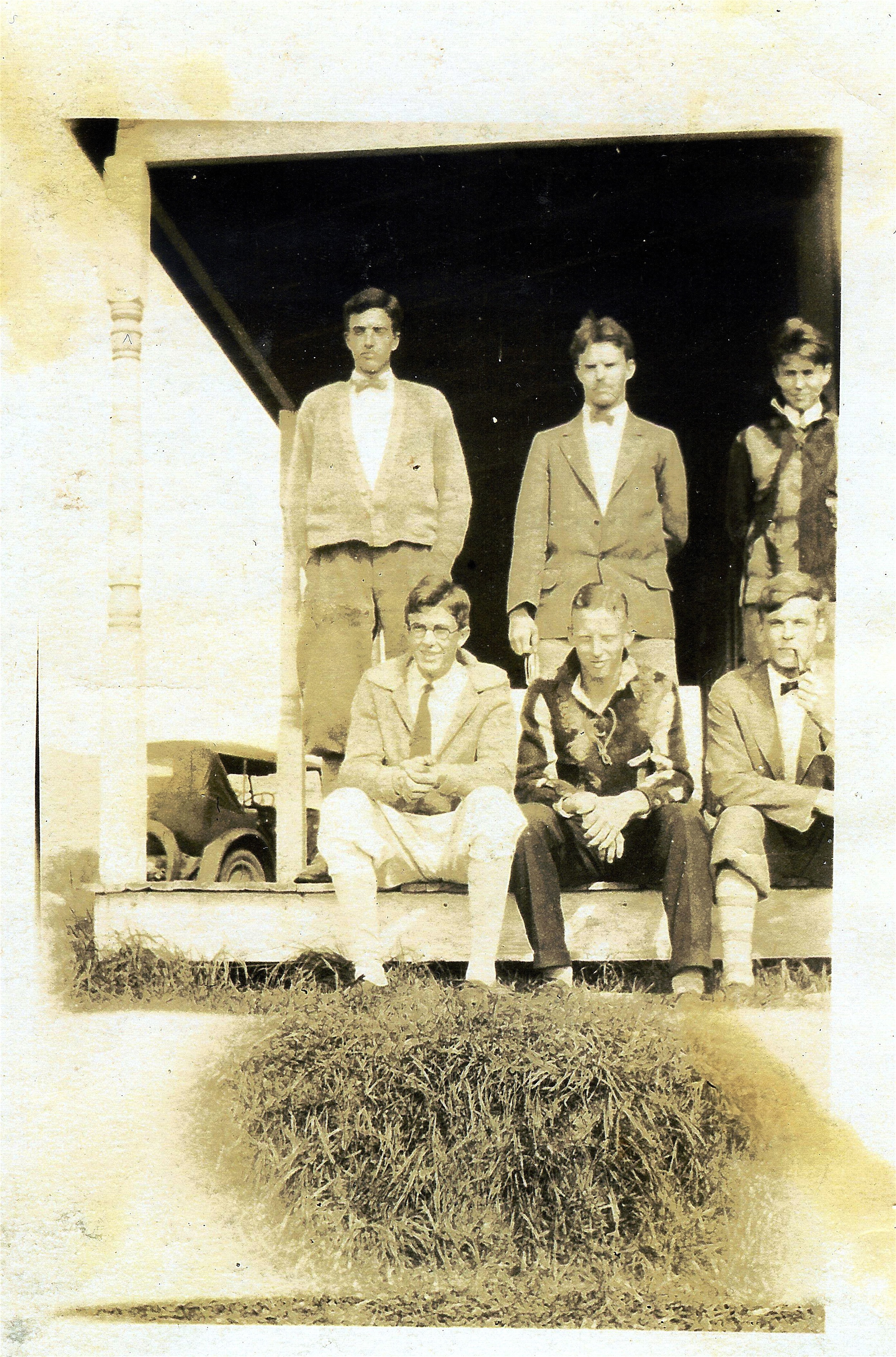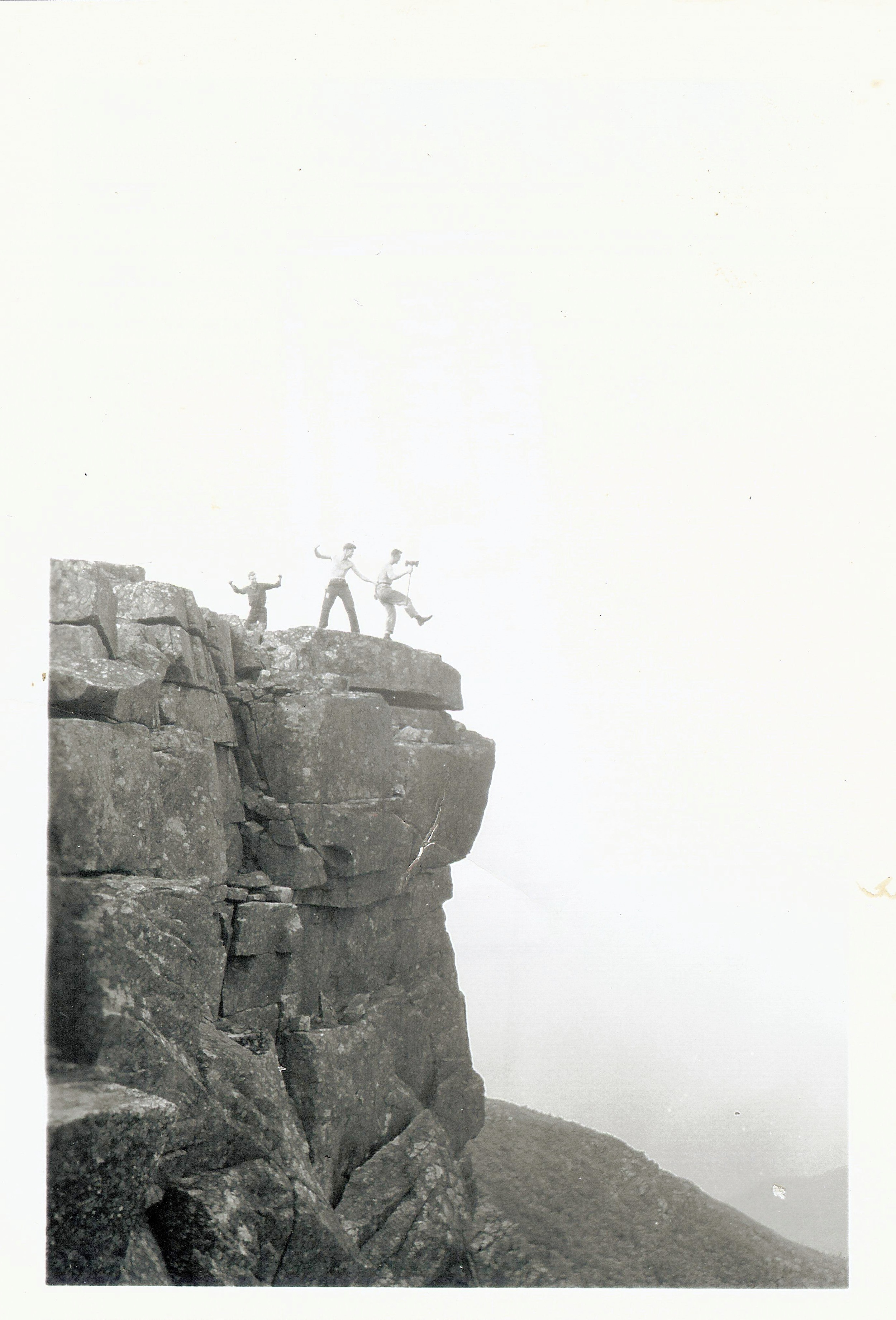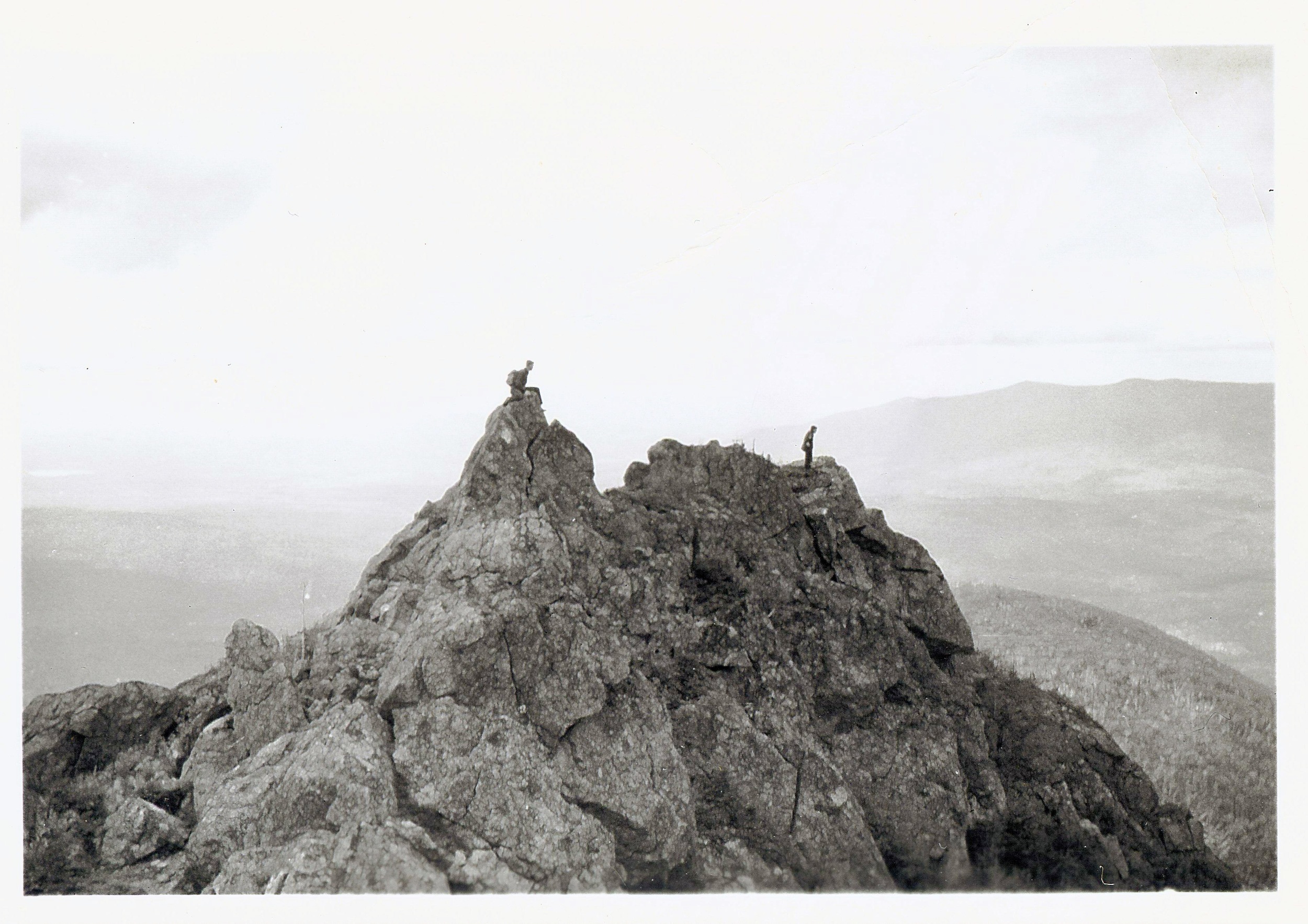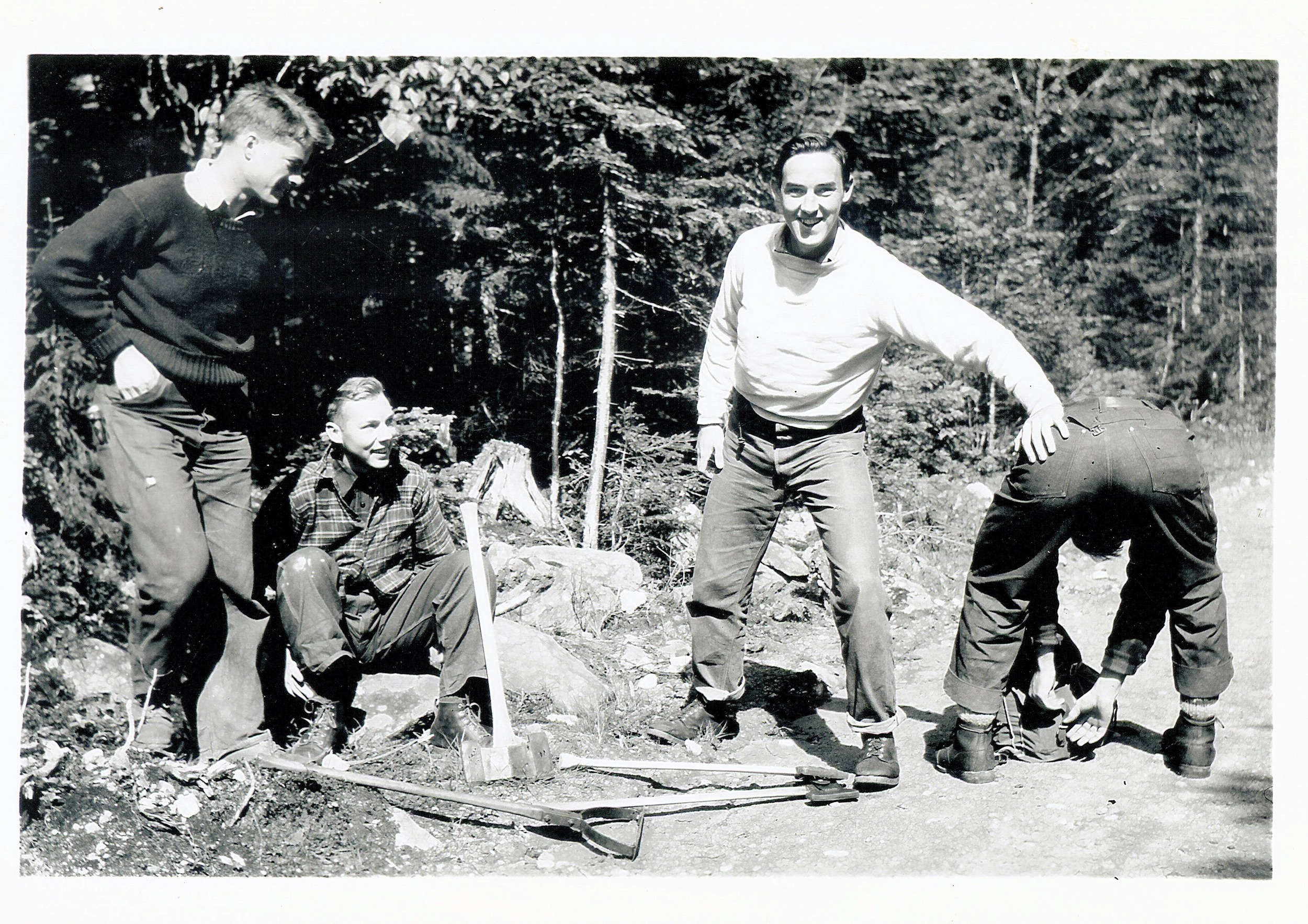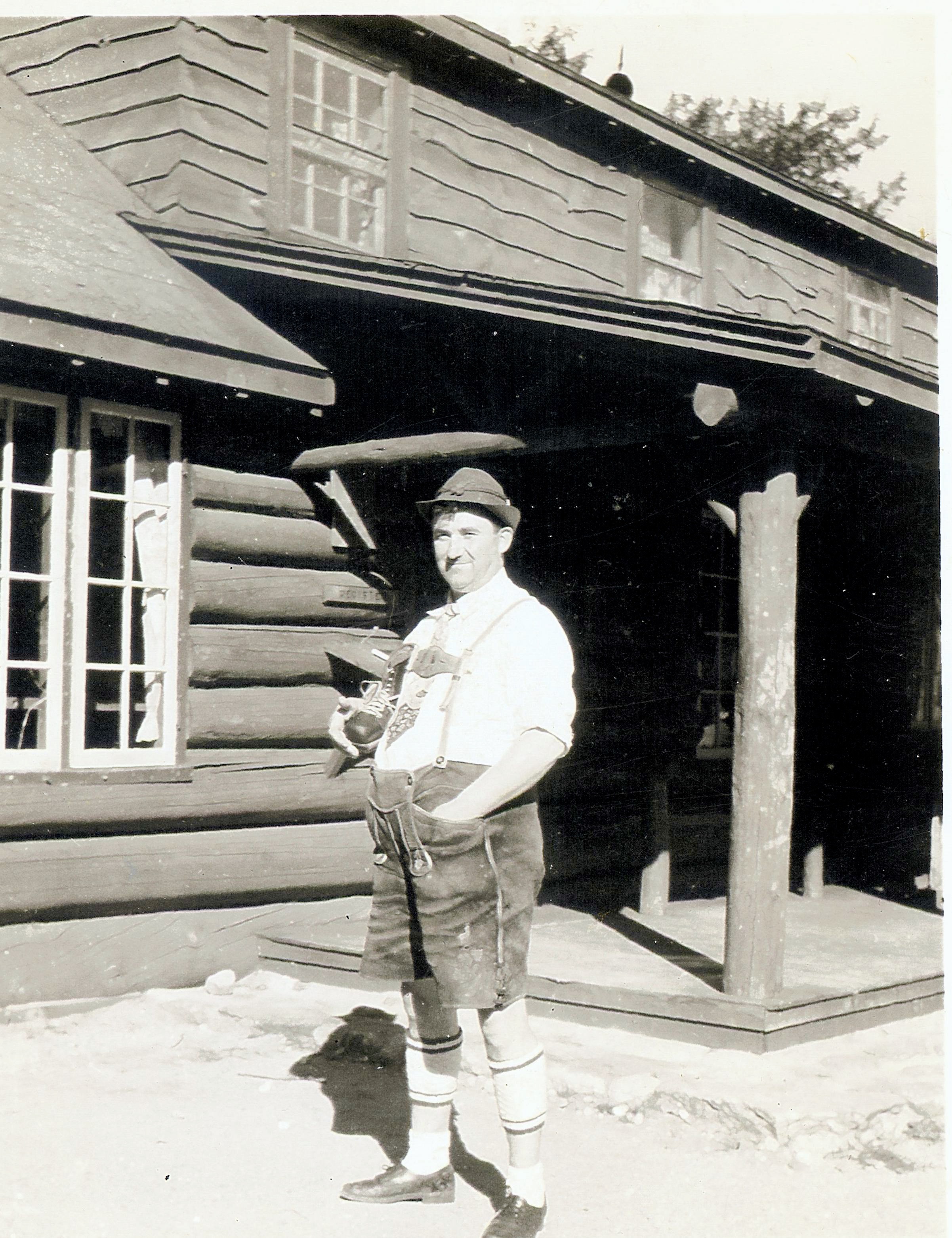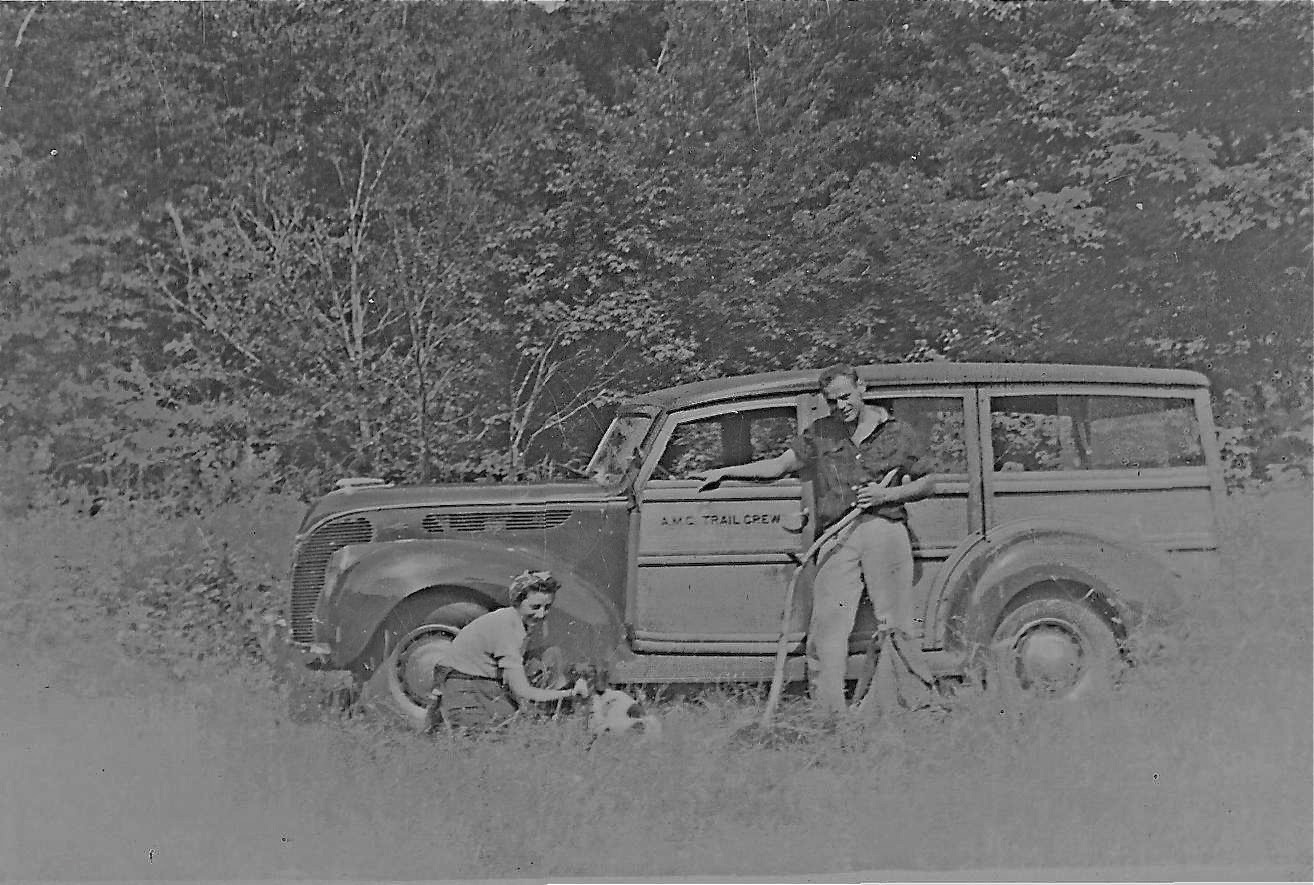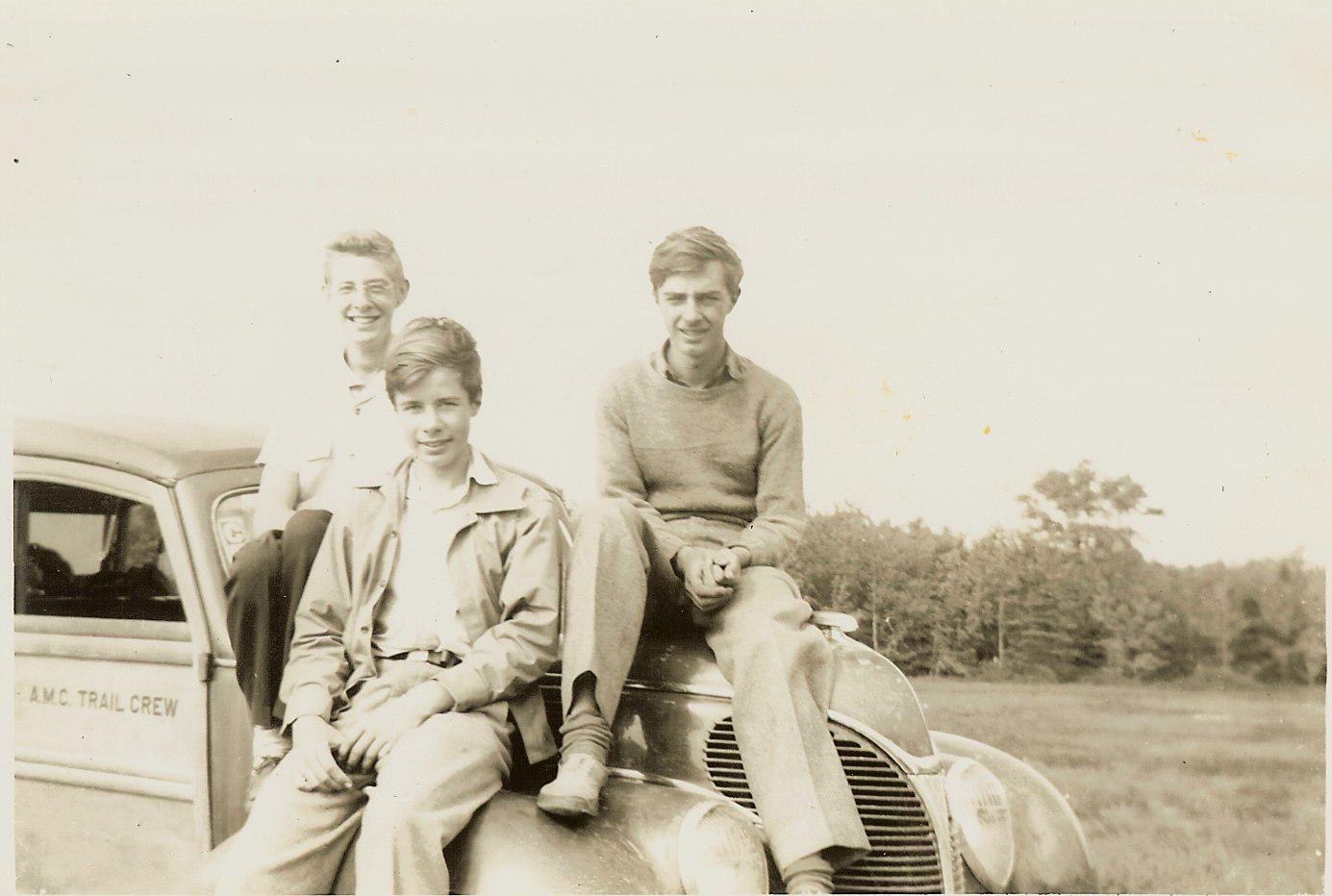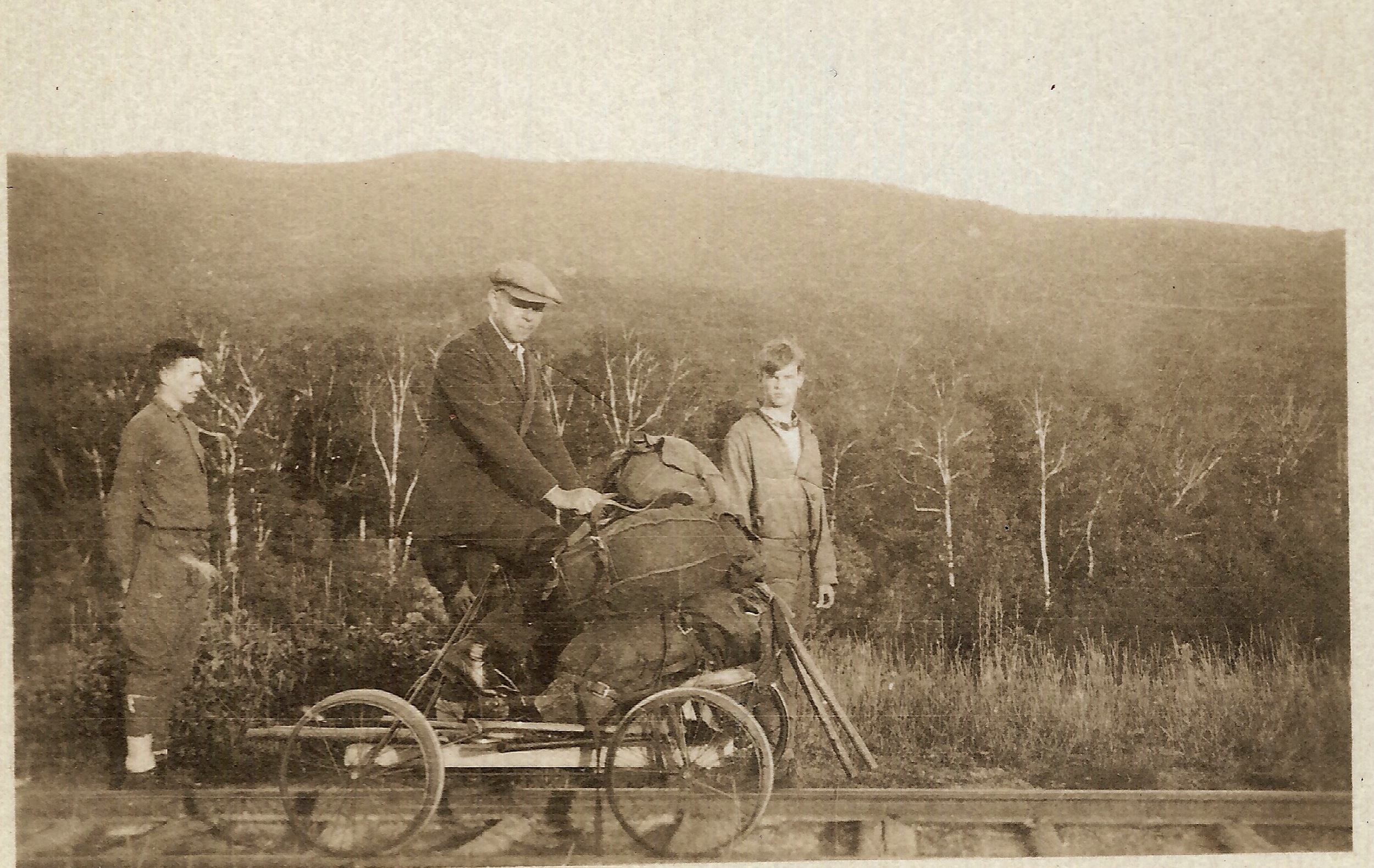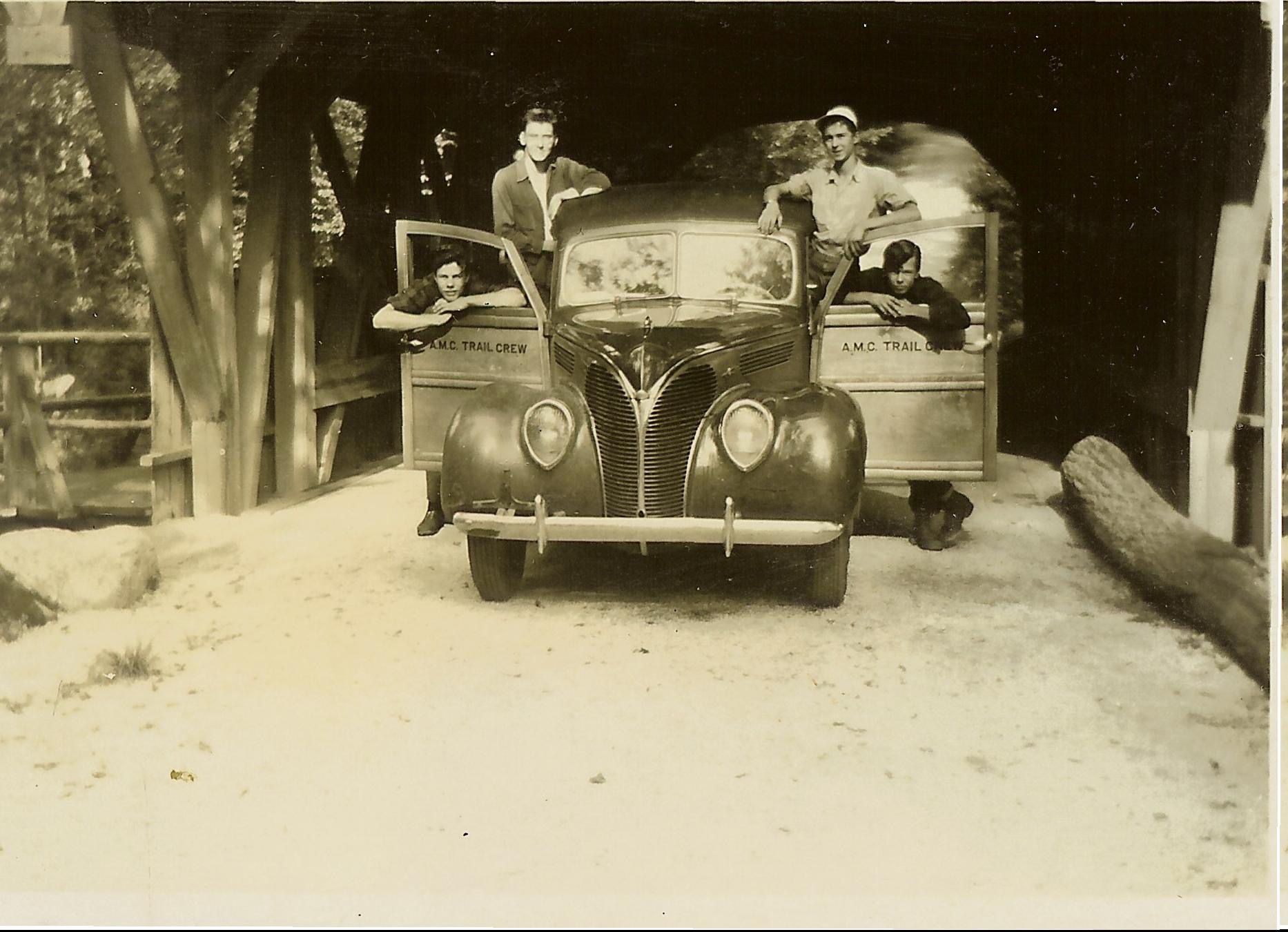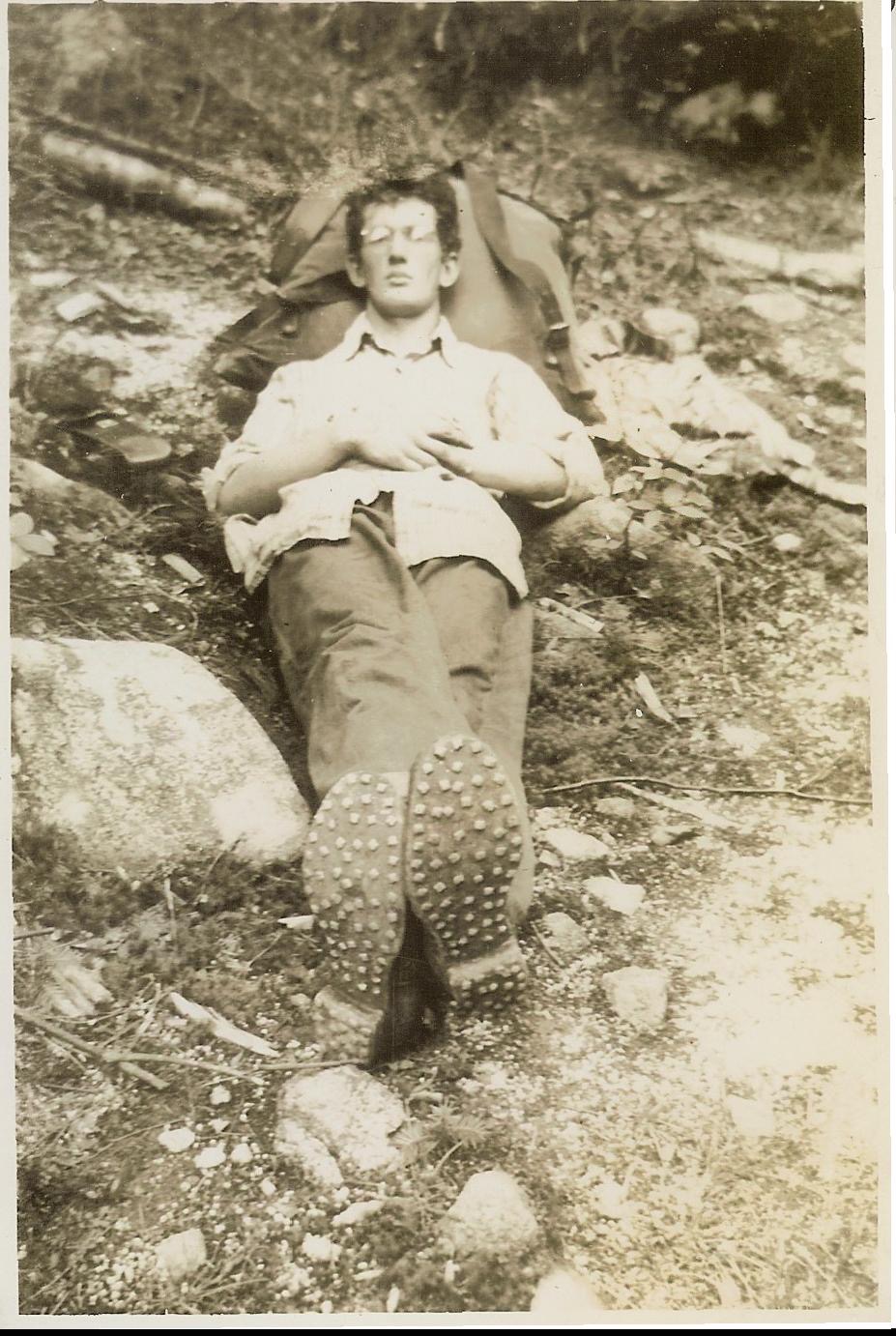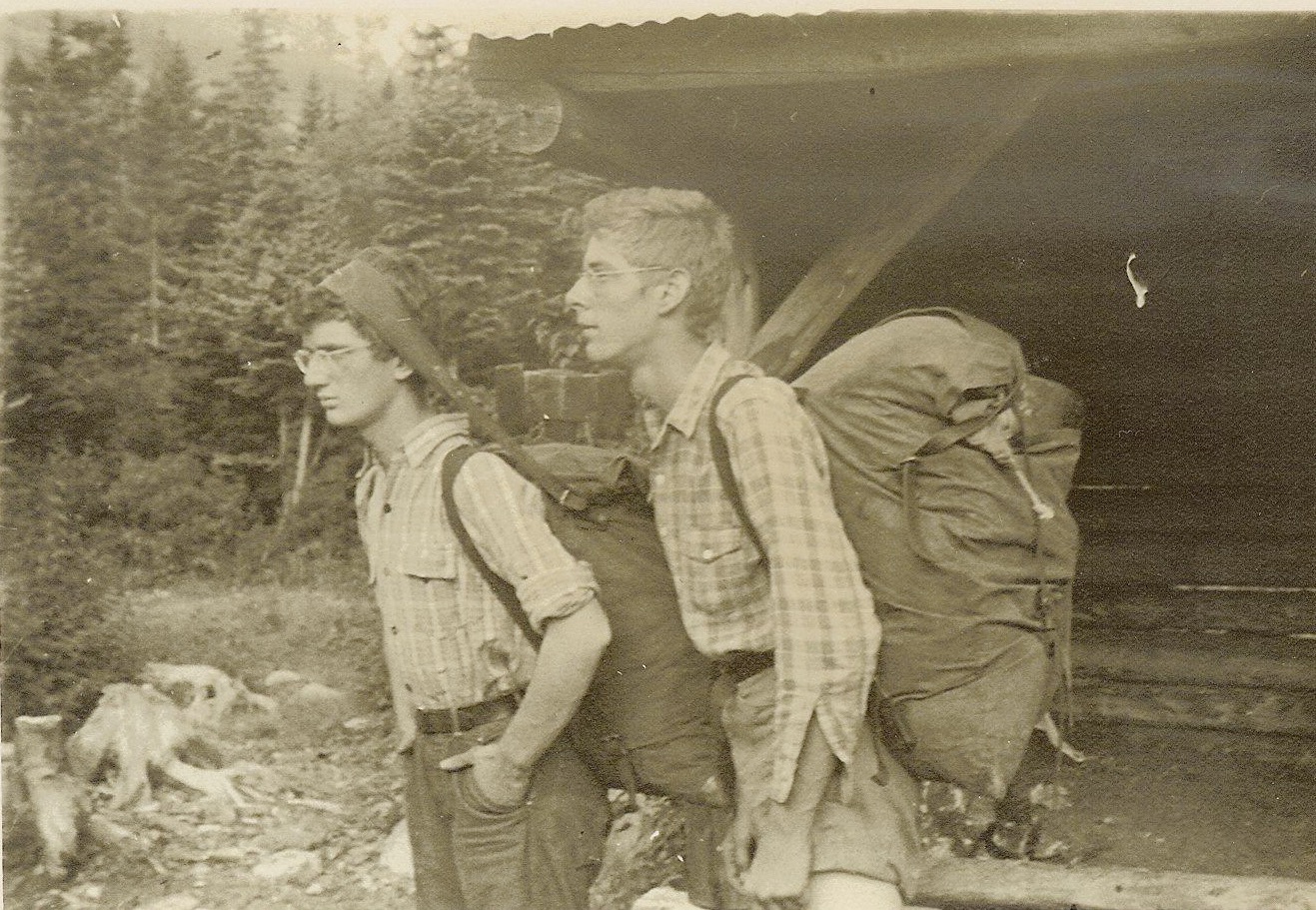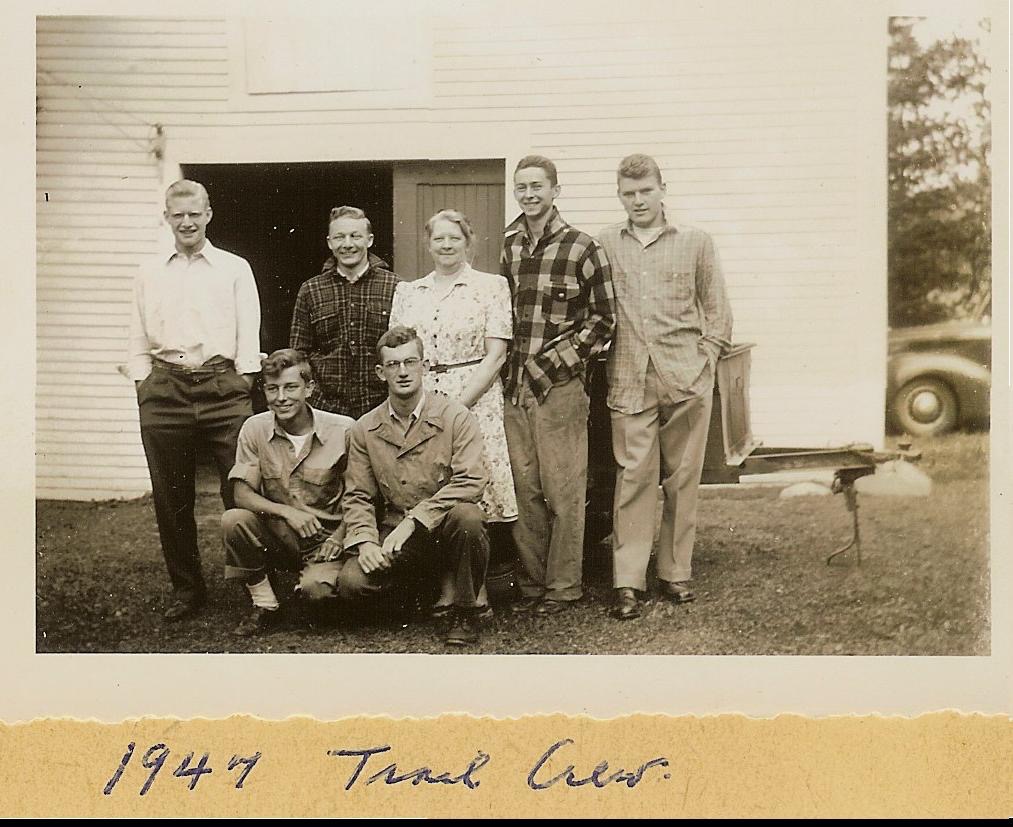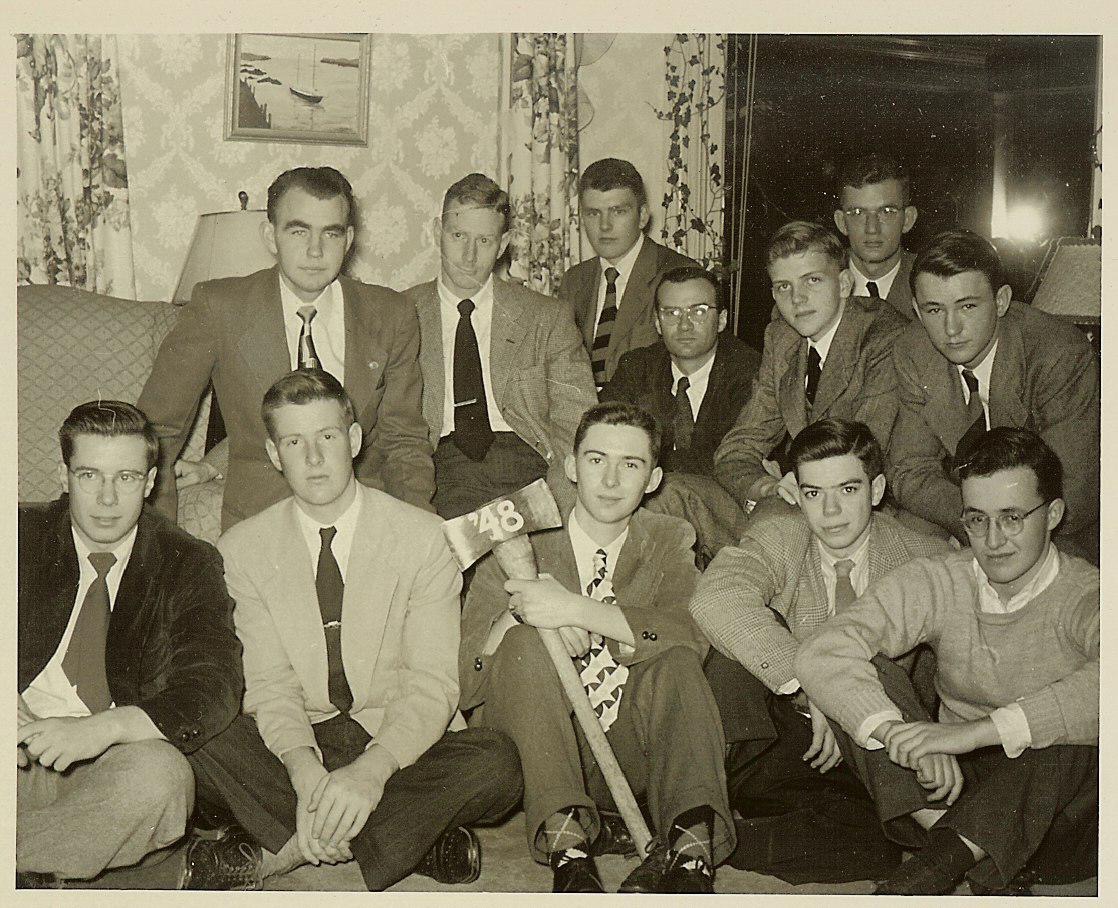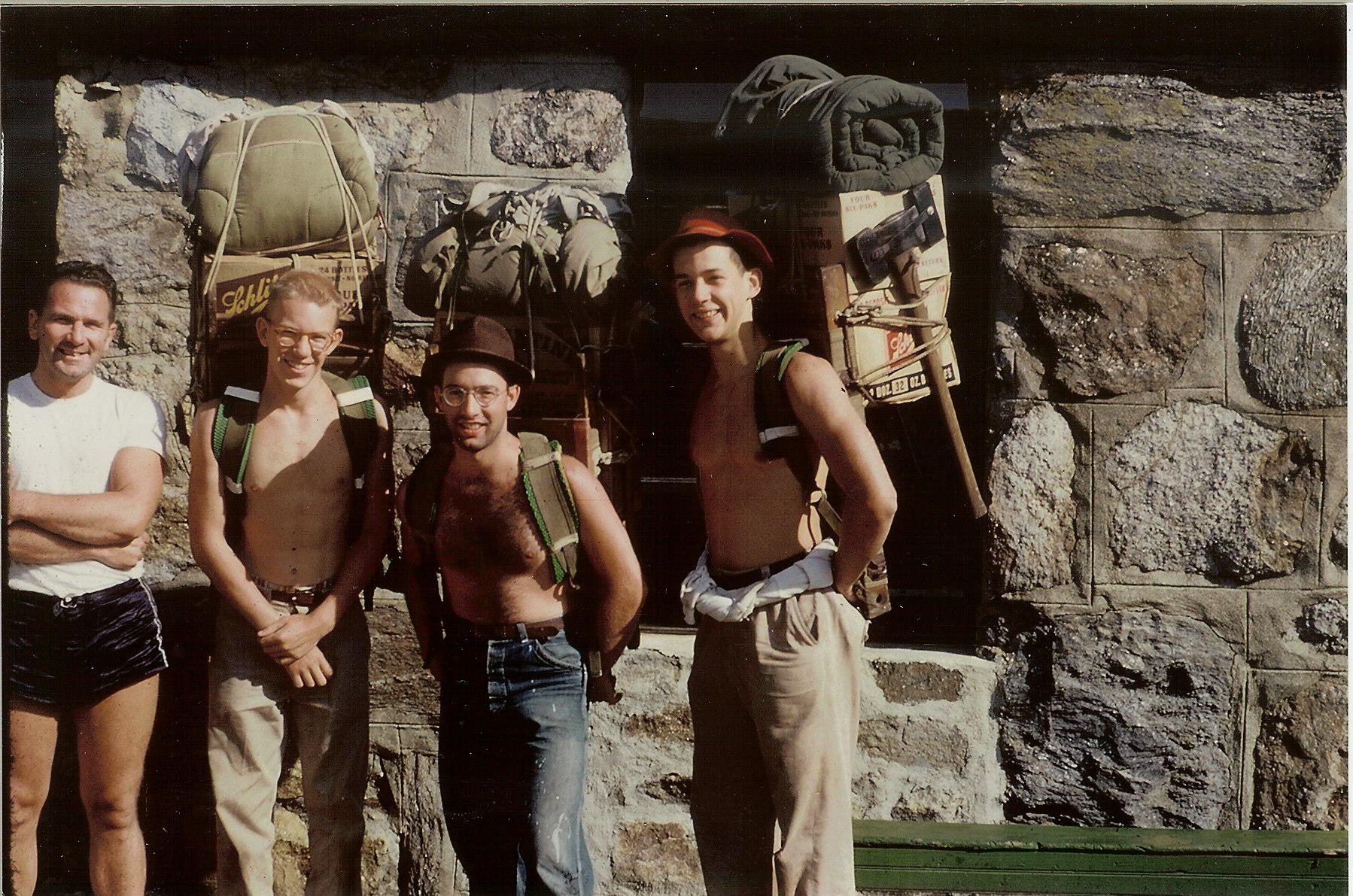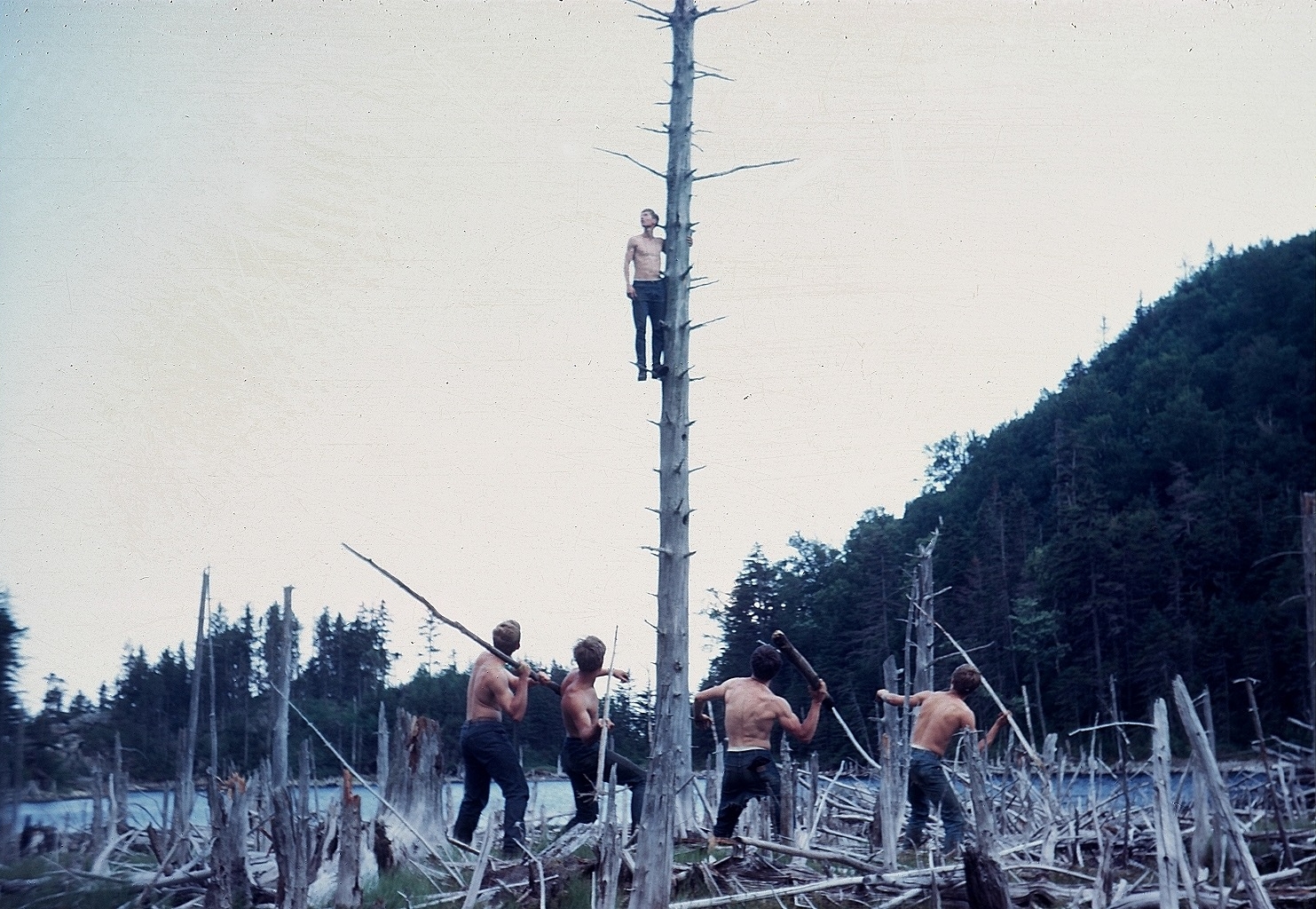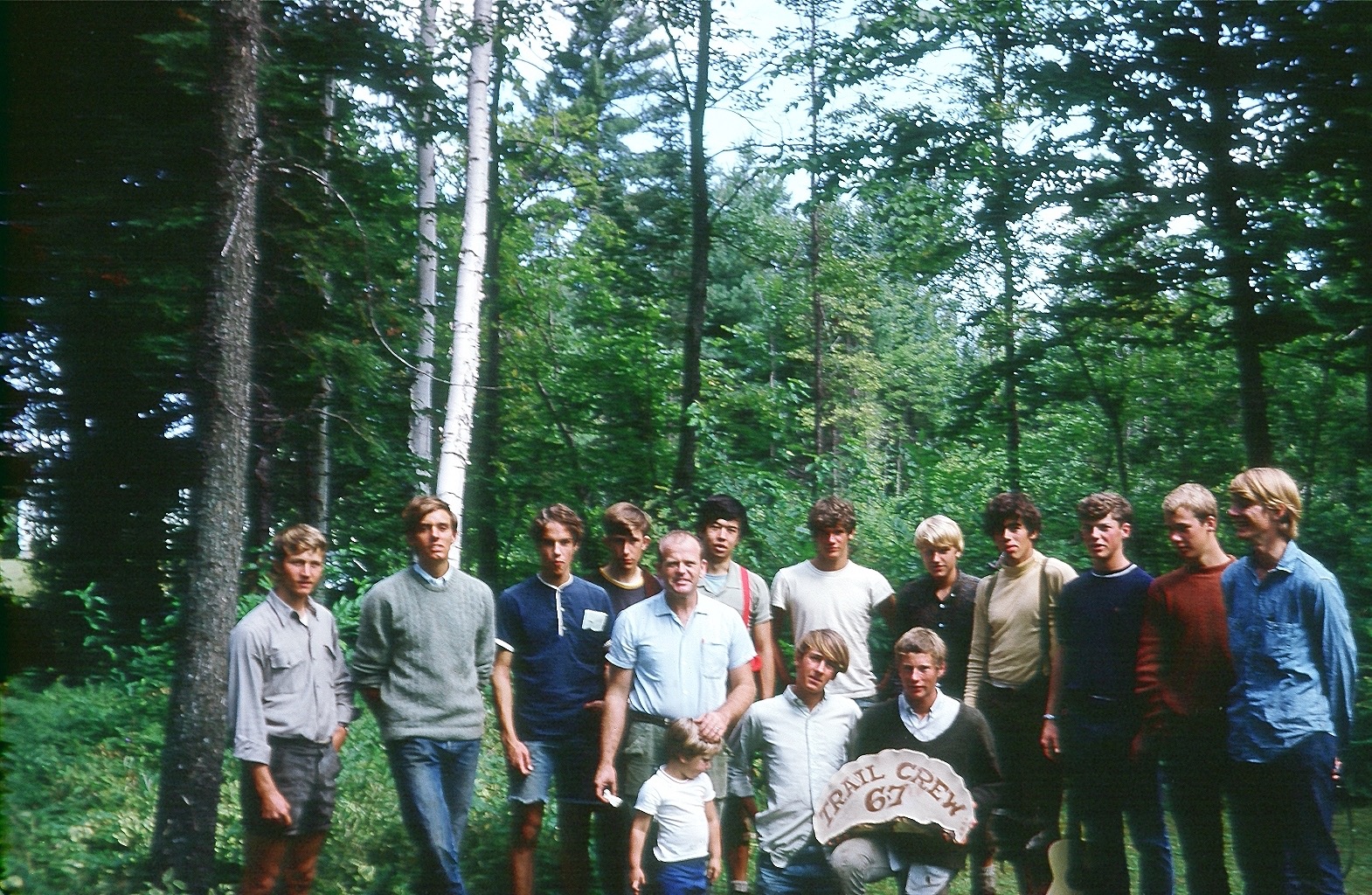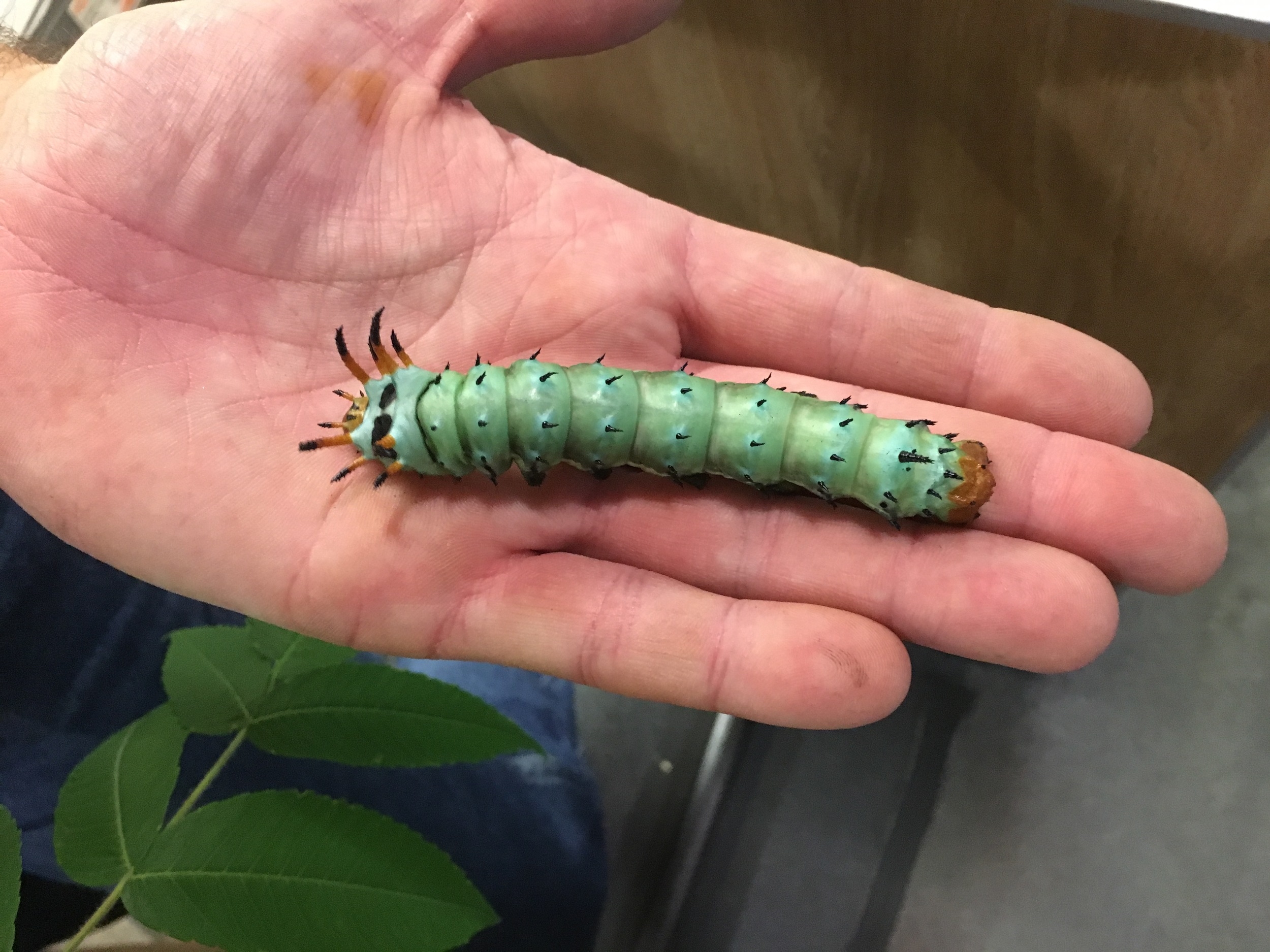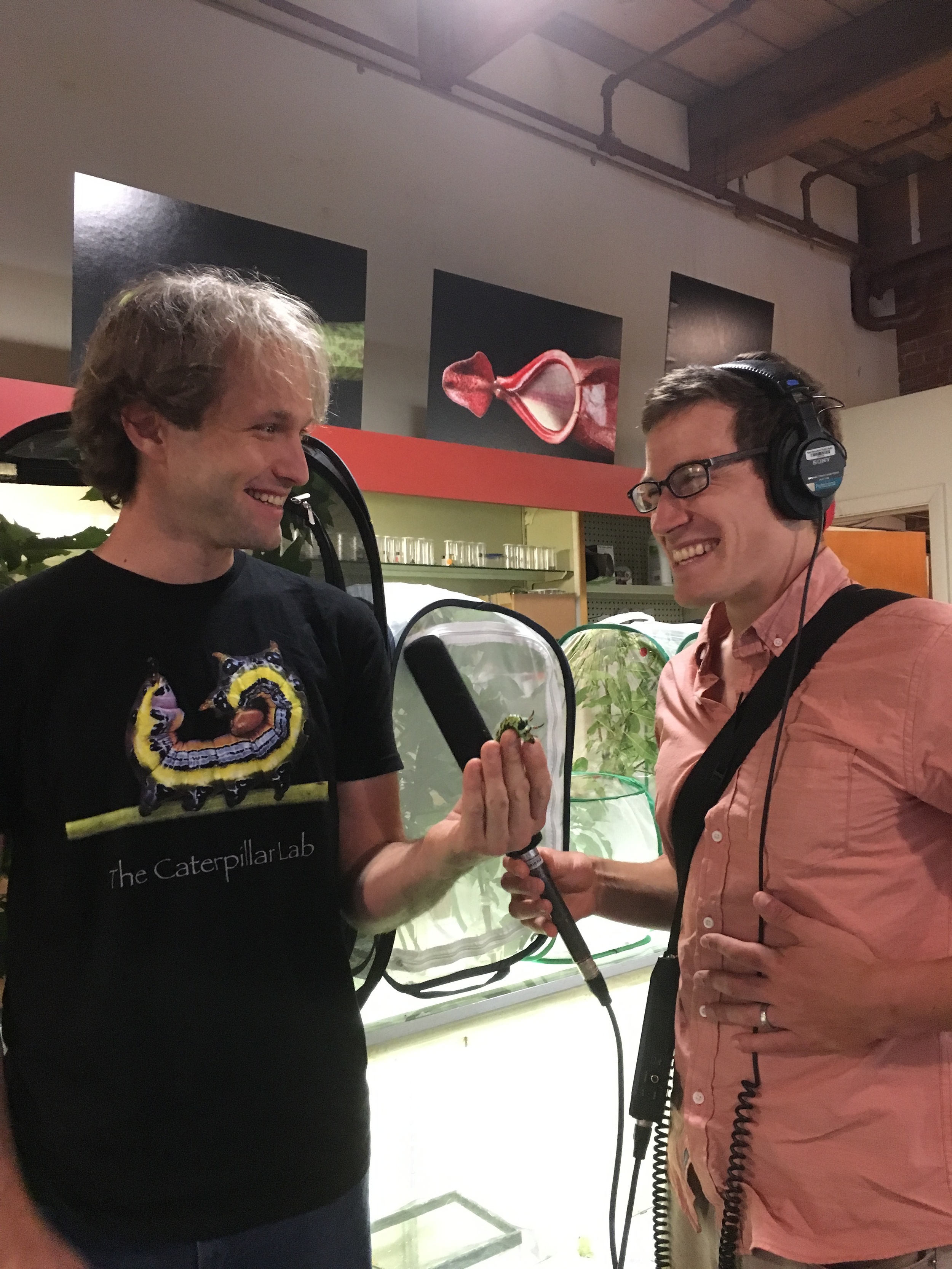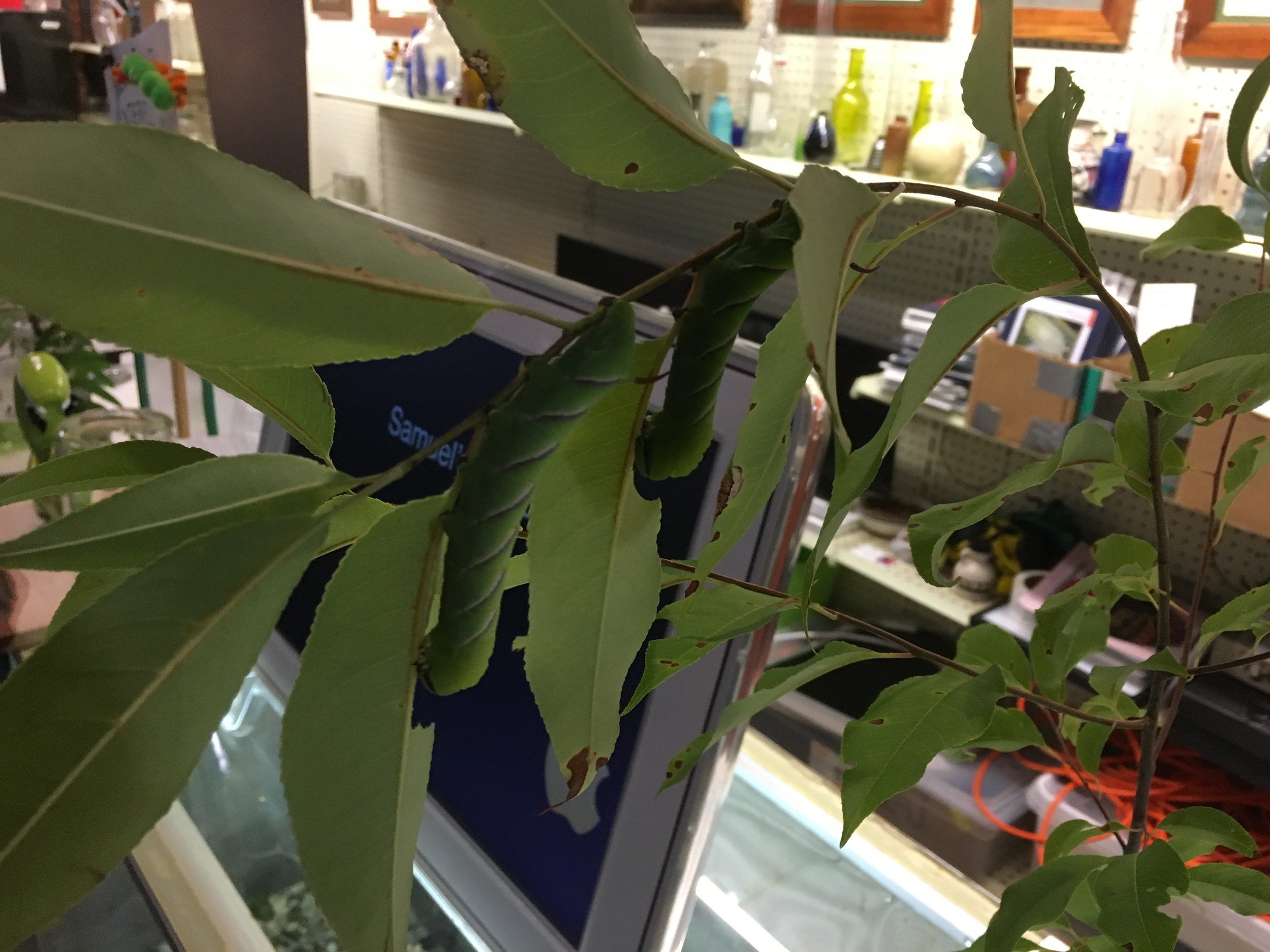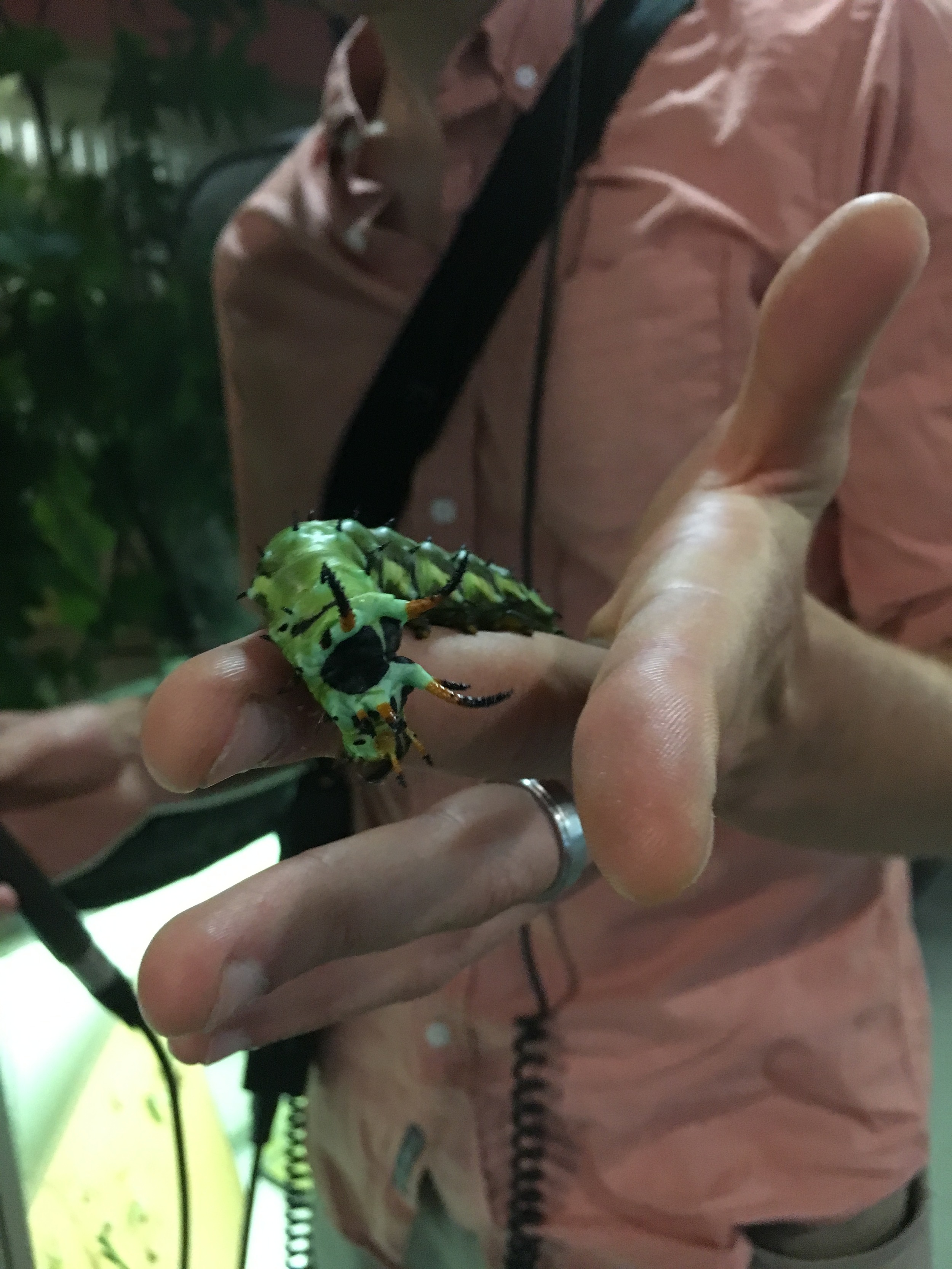Dr. Percy & the Magic Soybean
It’s not surprising that many of the medicines we use today are derived from plants. The surprising part is how similar the molecular components of plants are to the building blocks of our own human, mammalian bodies. This week we dive head first into a vat of soybean oil with Dr. Percy Julian who, against all odds, became one of the most prominent chemists of his time and whose work paved the way for the birth control pill. Plus, why the cone snail and its deadly neurotoxin just might be the key to a pain free future.
A Brief Explanation of Natural Products or Medicines Derived from Nature
The natural world is full of contradictions about what is safe and what is not. In many cases the brighter and more beautiful a creature or plant is, the more likely it is to kill you. (This is a bit of a tangent, but look up the mantis shrimp. Stunning. Deadly.)
Take for example, the cone snail, which has a remarkable shell, a real showstopper. A shell so remarkable that the shell from one species, Conus cedonelli - known as “the matchless cone” because of its unsurpassed beauty - sold at an auction in Holland for 5 times the amount a Vermeer painting at the same auction sold for.
Cone snails are meat-eating mollusks that catch fish, an astounding feat for such a small creature. They have trunk like snouts and inside that snout is a tiny harpoon, and as a fish swims by this pretty little cone snail, the harpoon shoots out and sticks the fish. But wait, there’s more.
Cone snails possess an amazing chemical, a neurotoxin, that has the ability to destroy the nervous system of their prey; in a matter of seconds they can completely immobilize a fish. And then, if that’s not terrifying enough, they swallow the fish whole, you know, for dramatic effect.
And while these creatures are often pegged as one of the deadliest creatures of the sea - the larger sized snail can actually kill a person, though they would have a harder time swallowing us whole - their powerful neurotoxin holds the key to a relatively new type of painkiller called a ziconotide.
Ziconotides are 1000 times more powerful than the most powerful opiates we typically hear about today: morphine, fentanyl, codeine. But more importantly, ziconotides don’t produce a tolerance in humans, so doctors don’t have to ramp up the dose to keep treating the pain. This drug is now successfully being used to treat patients with AIDS and cancer, people who are suffering from the very worst types of chronic unmanageable pain. And so the mighty cone snail goes from deadly fish killer to groundbreaking painkiller.
The connection between modern medicine and the natural world is fascinating and complex; from rare organisms that hold the key to life-saving drugs to common plants that can be used as the raw materials to manufacture medications some people take every single day. Chemists, like the late Percy Julian, are the scientists on the front lines of unlocking drugs that come from nature, which are known as Natural Products. (There's even a Journal of Natural Products and it's chock full of words like antimelanogenic and fibronectin expression.)
To learn more about Dr. Percy Julian and his work as a chemist and natural products innovator, check out the NOVA documentary on his life and work.
Outside/In was produced this week by:
Taylor Quimby, with help from Sam Evans-Brown, Maureen McMurray, Logan Shannon, Molly Donahue, and Jimmy Gutierrez.
Special thanks to Joan Coyle and Keith Lindblom at the American Chemical Society, and to the Julian family for speaking with us as well as letting us use the incredible tape of Dr. Percy Julian himself.
If you’ve got a question for our Ask Sam hotline, give us a call! We’re always looking for rabbit holes to dive down into. Leave us a voicemail at: 1-603-223-2448. Don’t forget to leave a number so we can call you back.
Our theme music is by Breakmaster Cylinder.
This week’s episode featured tracks from Blue Dot Sessions, David Szesztay, Joseph C. Smith's Orchestra, Podington Bear, and Ty Gibbons. Check out the Free Music Archive for more tracks from these artists.



